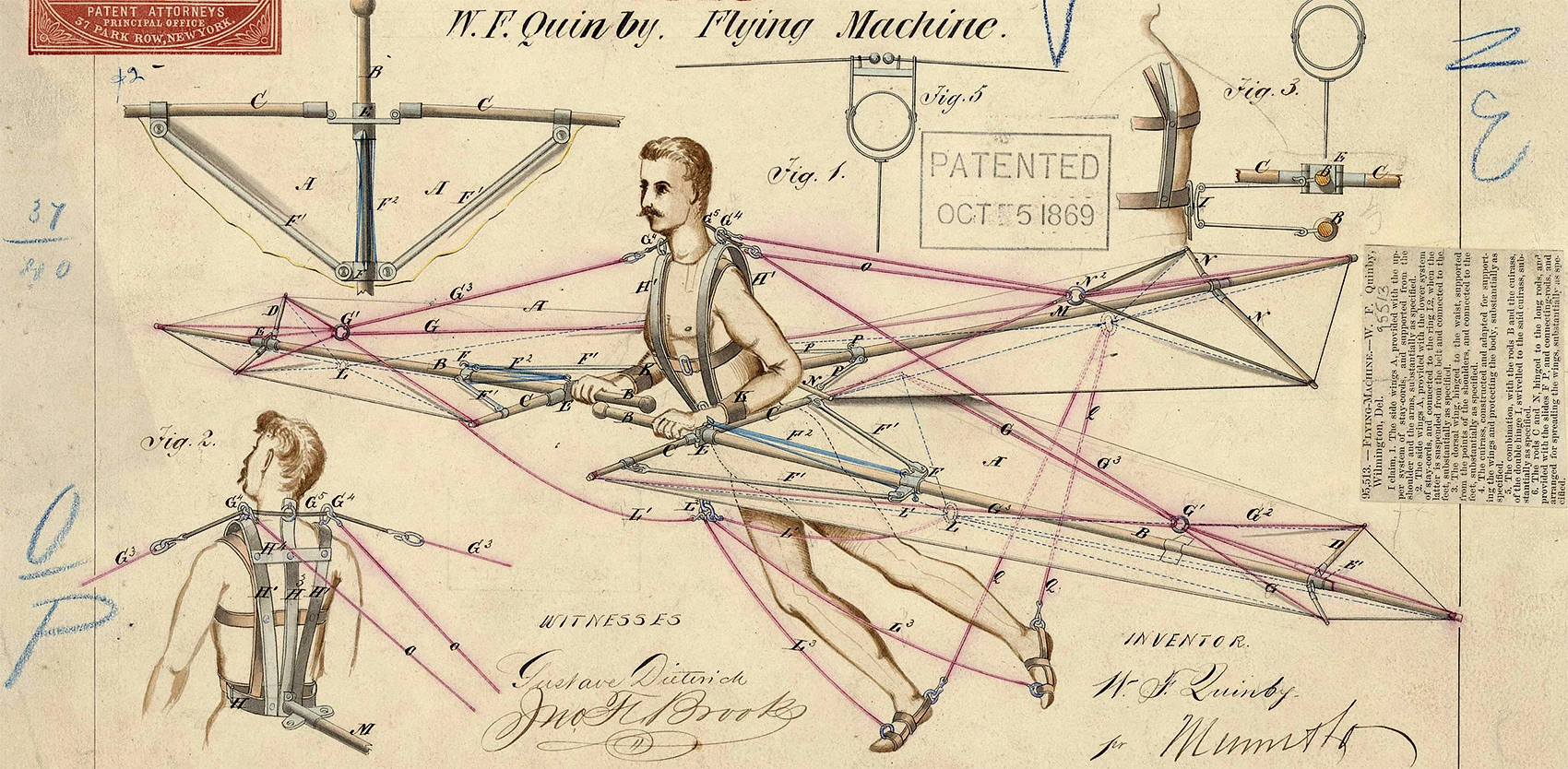How to get the most out of your first patent application

Filing a patent application is an expensive proposition that can be a major investment for a new company. A common mistake of rookie applicants is to give their patent too narrow a scope, seriously constricting their ability to fully take advantage of their intellectual property over the long term.
When filing a first patent application (also known as “original” or “parent” patent), inventors usually concentrate on their idea, limiting the description of this idea to just a few examples and making claims directly related to these examples.
There are three problems with this kind of application:
- Filing a first patent application isn’t an end in itself, but rather the first step in creating a whole family of patents to be filed for in the future.
- Patent applications protect prior art against the filing of constrictive patents by the competition.
- Many ideas that seem too obvious to a person on the leading edge of technology are in fact patentable.
When writing a patent application, don’t concentrate just on the invention actually described in the application; you should also describe any potential derivatives, applications and uses of your invention. And don’t forget about potential technological progress: just because your system doesn’t work perfectly with current technology doesn’t mean it won’t work with future technology. The description of your invention should include as much information as possible on the various implementations and uses of your invention, even if the applications described are not directly related to the claims of your patent application.
Describing other potential implementations in your application enables you to subsequently file other applications as a continuation of your original, or parent application, with a priority based on the filing date of the parent application. The right of priority date is extremely important, as it protects your invention (“prior art”) should the patent application be challenged and revisited. Besides, continuing applications can be filed even if an application describing the same idea has been filed by the competition between your parent and subsequent applications. However, this protection of prior art only applies to claims specifically described in your parent application. Any new concept is not prior art and is considered a new patent application. So don’t be afraid of including as many ideas and as much information as possible! For further information on types of continuing patent applications, see here.
A common mistake a leading-edge expert might make when adding ideas in a patent description is thinking that an idea is so obvious, it isn’t patentable. However, any idea not specifically included in a prior art application is considered as being inventive and is therefore patentable. Which means that including an idea in a patent application allows you to patent it subsequently, and also bars the competition from filing a similar patent application.
The rule on the “inventiveness” of an idea is that it hasn’t been described in a prior art filing and is not obvious to the person skilled in the art. However, with regards to this last criteria of “obviousness to the person skilled in the art”, history has shown that it isn’t that much enforced specially in the USA and that only prior art is taken into account.
Just because an idea or invention is simple, doesn’t mean that it isn’t inventive. When assessing the inventiveness of an idea, put yourself in the shoes of someone who has no prior knowledge of your solution, since once a solution is explained, if it is simple and brilliant, it will (obviously) appear obvious.
The important thing to remember is that the acceptance or rejection of a patent application is based on the claims and not on the description; hence the importance of not limiting its scope! A patent application with a long description costs more, since the patent application officer has to work longer on it, but it is money well spent.
The next time you file a patent application, give your imagination free rein and don’t constrict yourself; otherwise, the competition will do it for you.
